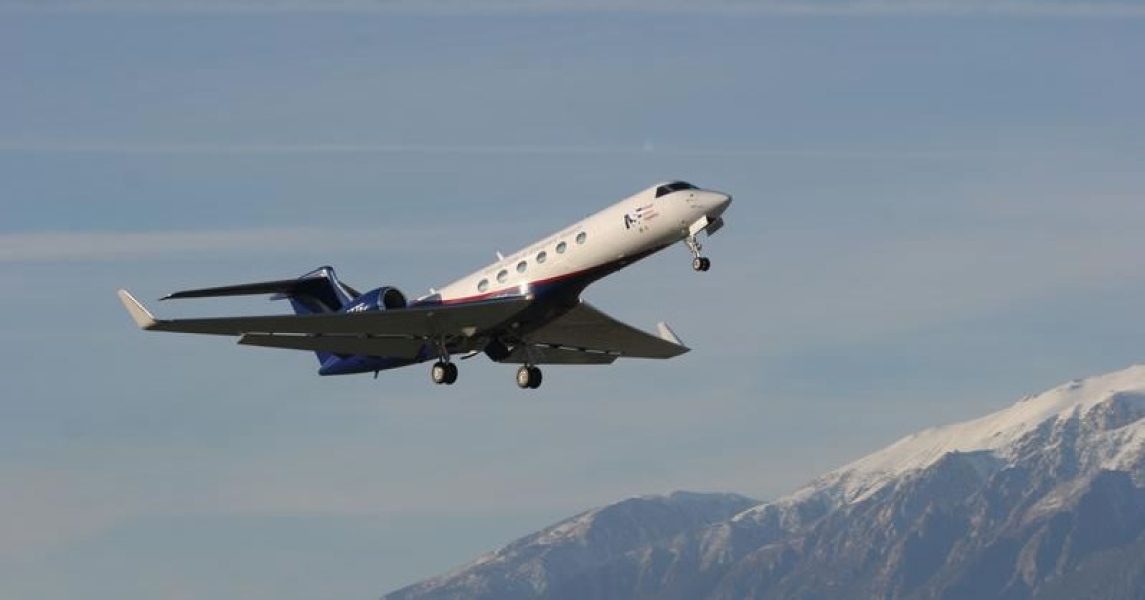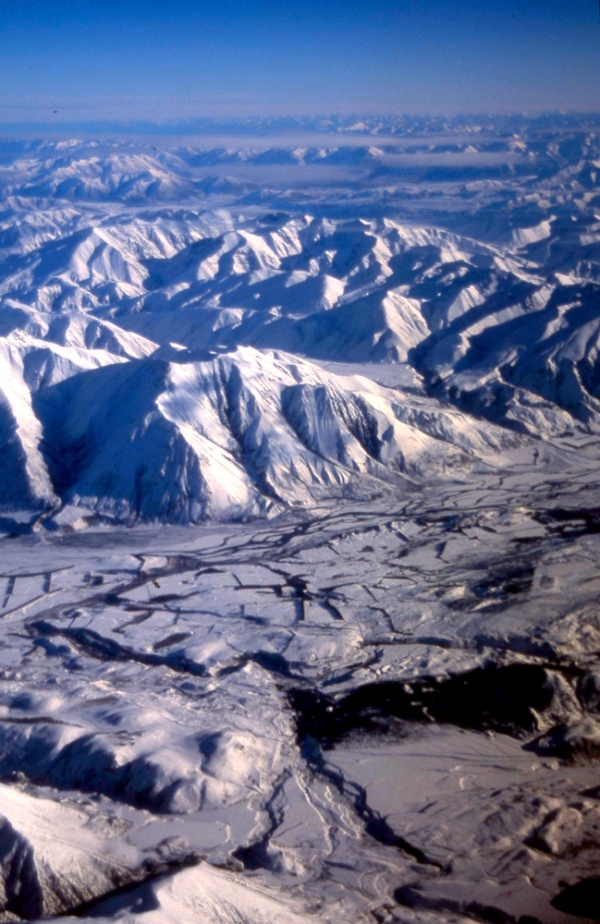NIWA scientists are this month taking a significant role in one of the largest science experiments to take place in New Zealand.
Called DEEPWAVE (Deep Propagating Gravity Wave Experiment), the international experiment involving universities and research centres from five countries, is studying the atmosphere over the Southern Alps during June and July.
Two specially equipped research aircrafts, a Gulfstream V jet from the US and a Falcon 20 jet from Germany, will act as “flying laboratories”, making up to 20 flights each over the six week duration of the experiment. They will be based at Christchurch Airport.
DEEPWAVE also involves scientists working from six sites across the South Island and in Wellington. The experiment has been several years in the planning and the overseas or international involvement is being funded by the US National Science Foundation (NSF) and the Office of Naval Research and Naval Research Laboratory.
It aims to better understand how gravity waves evolve and how they can be better predicted. The information gathered will ultimately lead to more accurate weather forecasts.
NIWA scientist Michael Uddstrom said the Southern Alps offered a unique opportunity for this type of atmospheric research because of the reliability of the westerly wind circulation patterns in the area.
“The effects of gravity waves have not been well studied and this experiment will enable us to add vital data to our weather and climate prediction models,” Dr Uddstrom said.
The data collected will have a vital role in enhancing computer modelling of weather and climate across the globe.
The NSF/National Center for Atmospheric Research Gulfstream V research aircraft from the US will be using multiple technologies to take measurements between the surface and 100km altitude.
These include deploying dropsondes that measure the atmospheric from the aircraft to the surface and lidars that look upward that make measurements of key atmospheric parameters up to almost 100 km.
A Falcon 20 aircraft, operated by the German Aerospace Centre, will fly at a lower altitude slightly ahead of the Gulfstream taking measurements from the surface up to about 11km.
NIWA’s expertise in weather prediction science is crucial to the experiment with NIWA scientists based in Christchurch assisting with forecasting the best times for the aircraft to fly to make the most of the atmospheric conditions when gravity waves are being generated. The flights take place at night and may last up to nine hours.
Up to 200 people, including about 15 NIWA staff, will be involved in the experiments with scientists based in the South Island at Hokitika, Birdlings Flat (near Christchurch), Mt John (Lake Tekapo), Lauder (Central Otago), Invercargill and Haast.
They will be responsible for taking a range of measurements that will be then be integrated with aircraft and satellite data to provide a complete vertical profile of the atmosphere from the ground up to about 100km. A full meteorological station is also being set up at Hokitika Airport.
NIWA’s Tony Bromley and Sally Gray will be at Haast, where their equipment will be set up in a paddock. They will release weather balloons that will fly to more than 30km altitude to coincide with the research flights. Radiosondes attached to the balloons will transmit a range of atmospheric measurements.
Mr Bromley said it was an exciting experiment to be involved in because of its scale and the new information that would be gathered.
“We want to show how important these gravity waves are. The more data we collect, the more information we can put into our computer models of the atmosphere and the more accurate our weather and climate forecasting will be.”
Dr Uddstrom is one of the principal investigators involved in the project reflecting NIWA’s long-standing reputation a leading atmospheric science research institute.
DEEPWAVE is also being operated by the National Center for Atmospheric Research (NCAR) in collaboration with the German Aerospace Centre DLR, UK Met Office, NZ MetService, NRL and the Australian Antarctic Division.
A public open day, outreach programme and media opportunities are included in the programme. See details below.
DEEPWAVE runs from June 6 to July 27.
What are gravity waves?
Gravity waves form when strong winds strike a large obstacle, such as a mountain range.
The effect is similar to ripples on water when a rock is thrown in. This wave of air can travel horizontally or vertically as far as the outer reaches of the atmosphere. They are important because they can affect the weather at lower altitudes. However, the waves are difficult to see and need special equipment to track and analyse.
Media opportunity
Media are invited to Christchurch Airport on Saturday, June 21 between 2pm and 3pm to view the Gulfstream V research aircraft, and to interview project scientists and staff. The aircraft will be at Gate 3, 38 Orchard Rd.
Public open day
Members of the public can see the Gulfstream V and talk to scientists and project staff at Christchurch Airport on Saturday, June 21 between 3pm and 5pm. The aircraft will be at Gate 3, 38 Orchard Rd. For more on DEEPWAVE see: https://www.eol.ucar.edu/field_projects/deepwave For more on HIAPER Gulfstream V jet see: https://www.eol.ucar.edu/observing_facilities/hiaper


